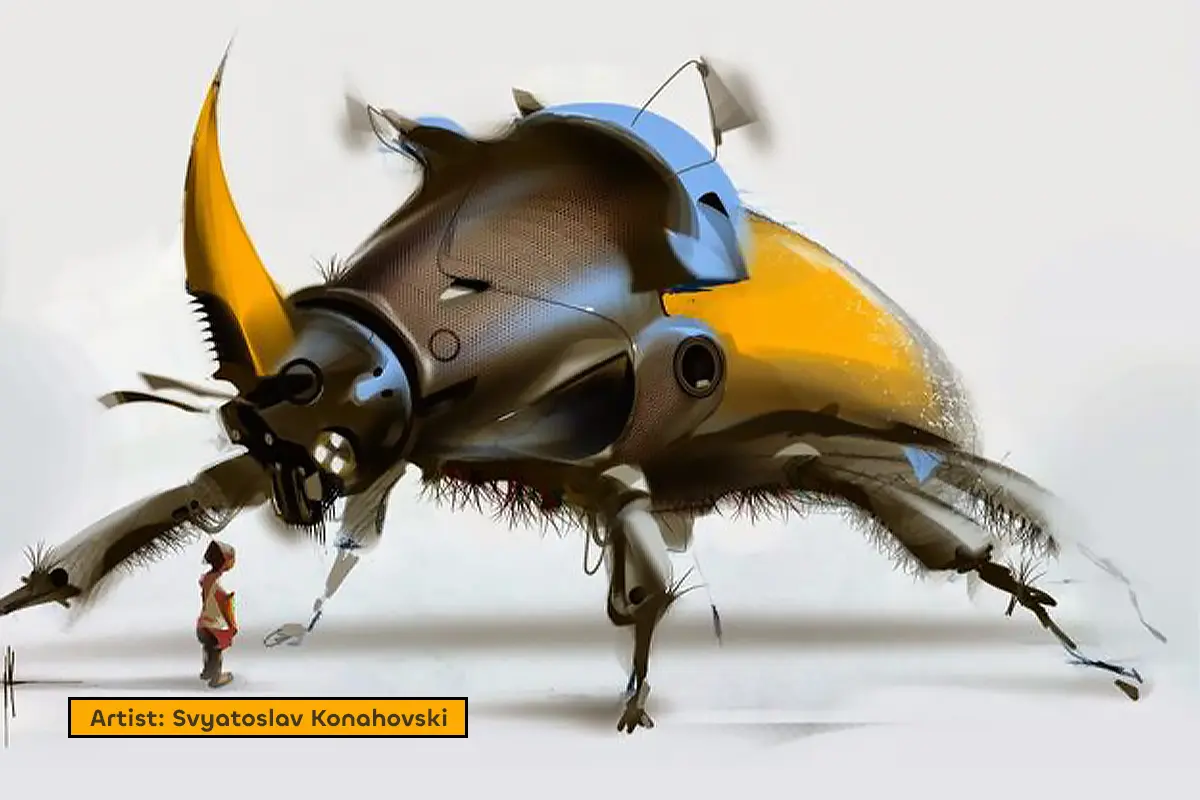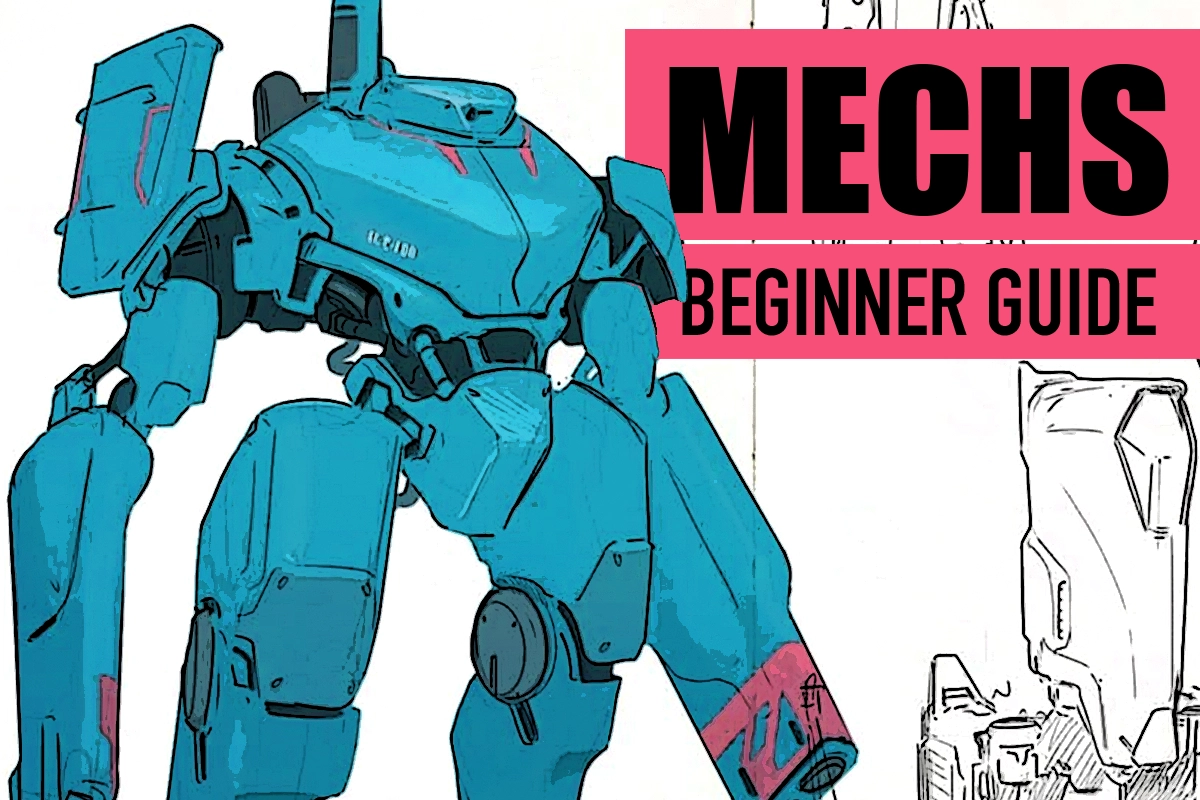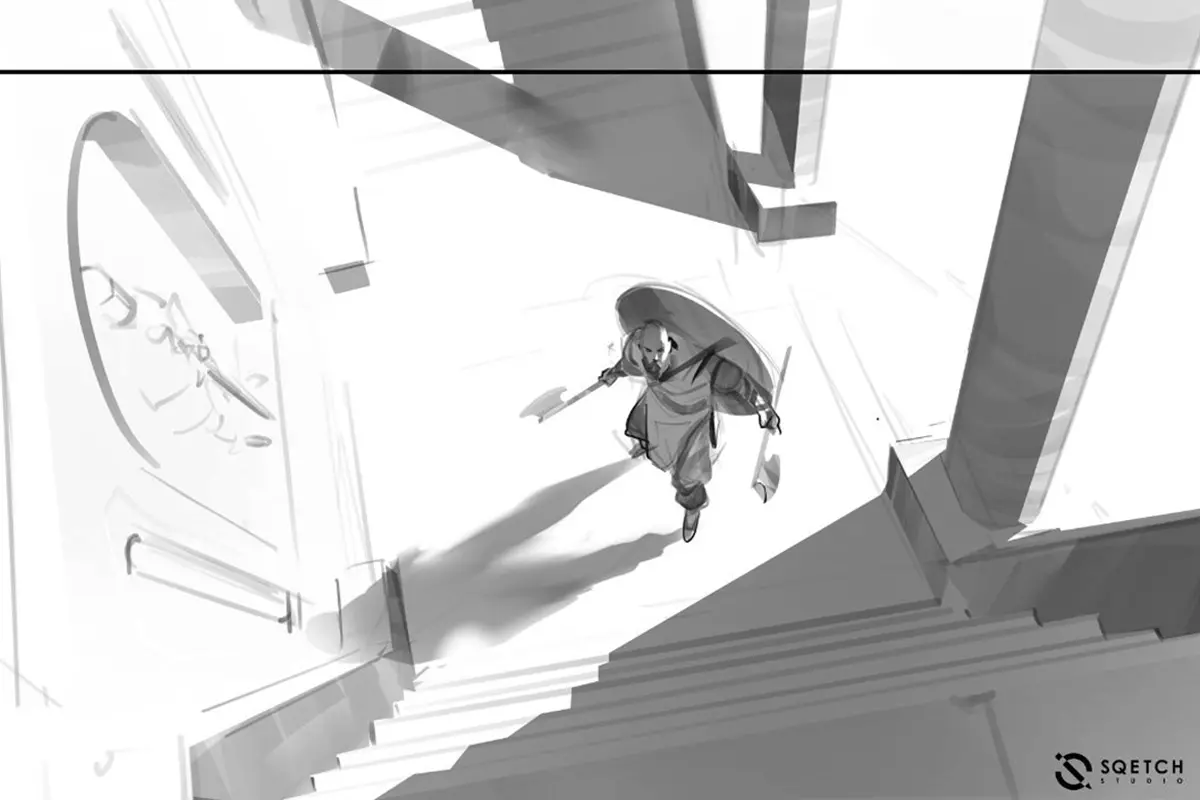
How Pro Artists Actually Learn Perspective: Using Camera Lenses in Your Art
How Pro Artists Actually Learn Perspective
What Is Perspective in Art?
Perspective is the secret tool artists use to show depth and space in a drawing. It helps make things look close or far away, giving your scenes a sense of realism. By mastering perspective, you can make your art more believable—and tell stronger, more engaging stories.
Why Do Artists Study Camera Lenses?
Great artists borrow ideas from filmmakers, imagining their drawings as if a camera captured the scene. Three main types of lenses affect how your art feels—and each one changes the story you’re telling:
Wide-Angle Lens: Shows a big, dramatic scene. Think of epic landscapes or lots of action all at once.
Standard Lens: Matches how the human eye sees. Feels comfortable and real, perfect for immersive scenes.
Long Lens: Zooms in and compresses the scene. Great for focusing attention, adding drama, or highlighting a single moment.
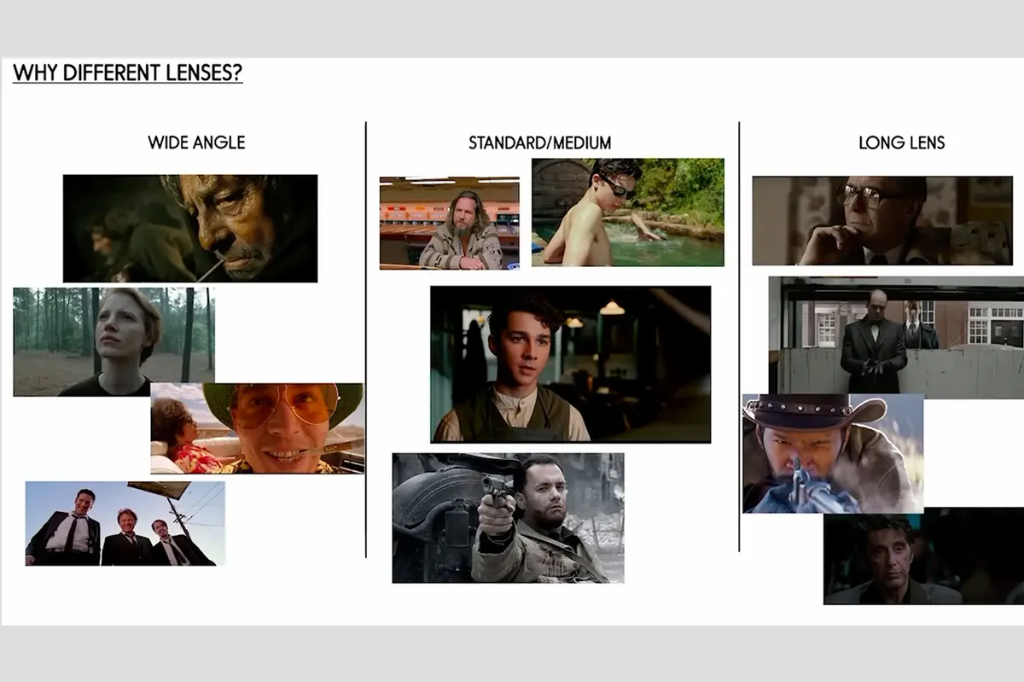
Exploring the Three Main Lens Types
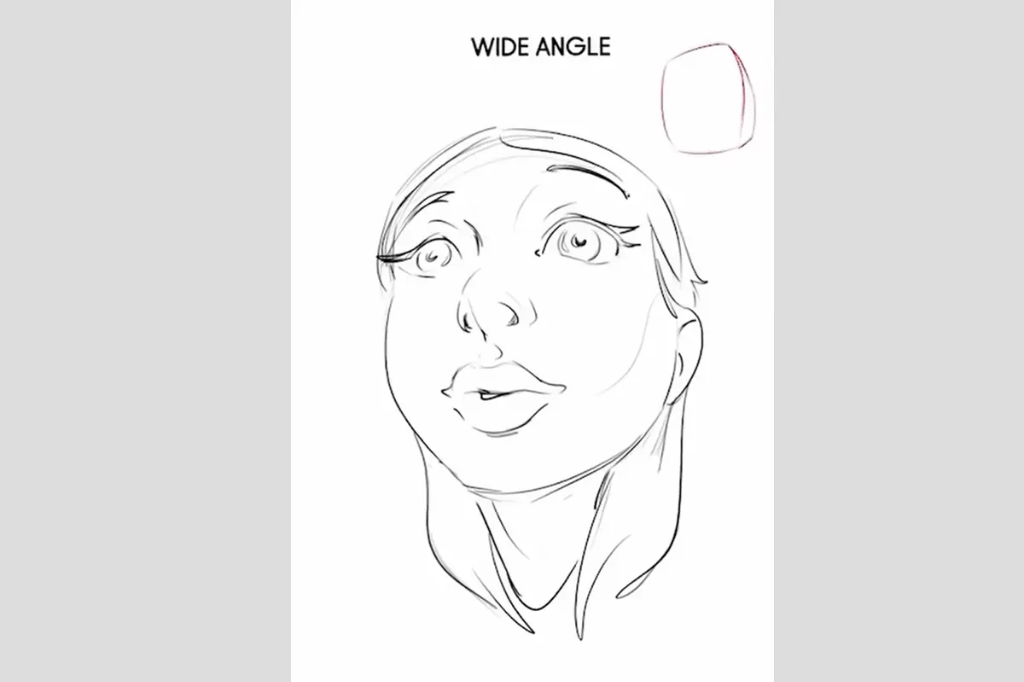
What it does: Captures a huge area—great for city views or teams of characters.
When to use: When you want lots of action or information in one scene.
How it looks: Objects up close seem bigger, while the background stretches far away. Strong, bending lines exaggerate space—often using 5-point perspective.
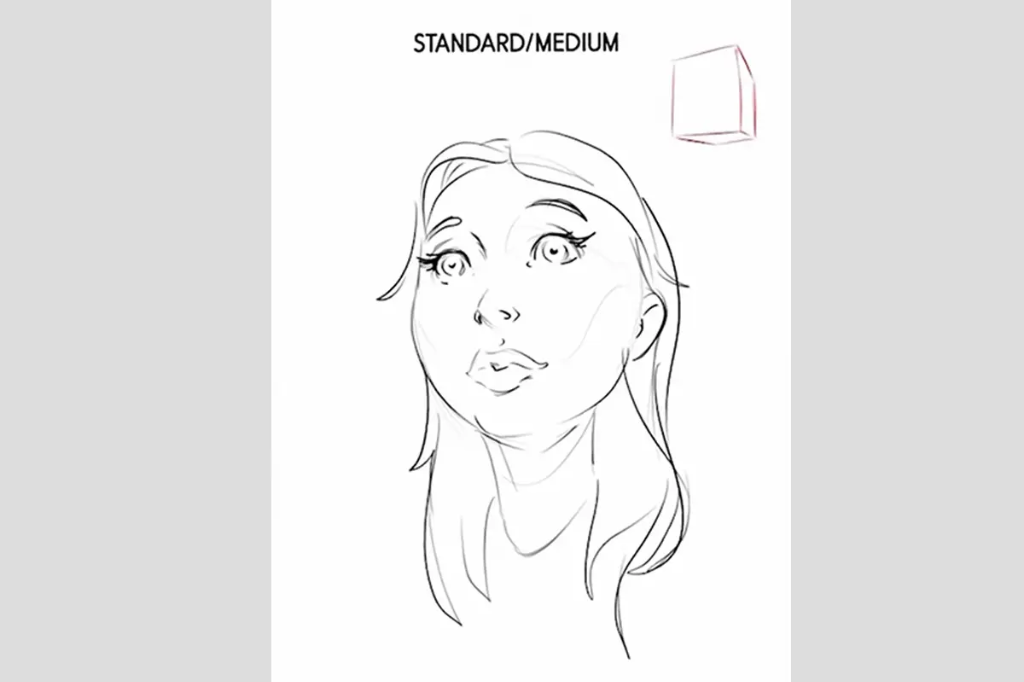
What it does: Presents the scene how we see it in real life.
When to use: To make viewers feel like they’re inside the scene.
How it looks: Everything is balanced, with natural lines and no distortion—often achieved with 2-point or 3-point perspective.
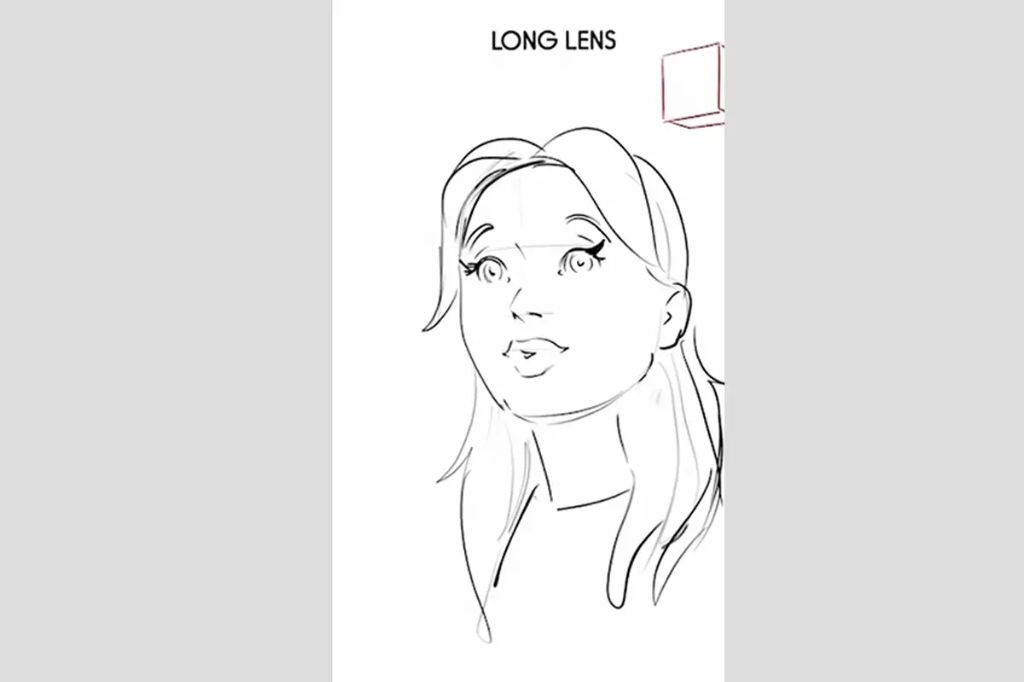
What it does: Zooms in close, making background and foreground objects appear closer together.
When to use: When you want to highlight one person, emotion, or dramatic detail.
How it looks: Flatter and more focused. Backgrounds blur and become less distracting—often with 1-point perspective and compressed lines.
Tips for Practicing Perspective and Lenses
Draw a simple character or scene.
Pick one “lens”: Wide-angle for excitement, standard for realism, or long lens to zoom in on emotion.
Change up your perspectives: Redraw the same scene with different lenses and notice how the feeling shifts.
Focus on storytelling, not just perfecting the technique.
Ask yourself: What feeling do you want your viewers to have?
Key Takeaways
Perspective and lens choice make your art more dynamic and expressive.
Switching between wide, standard, and long lenses changes the mood and focus of your work.
Use perspective as a creative tool for storytelling—don’t stress about making everything ultra-realistic!
Artists at every level use perspective to guide how people feel when looking at their art. Try out different “camera views” in your next drawing session—and watch your art come to life!

